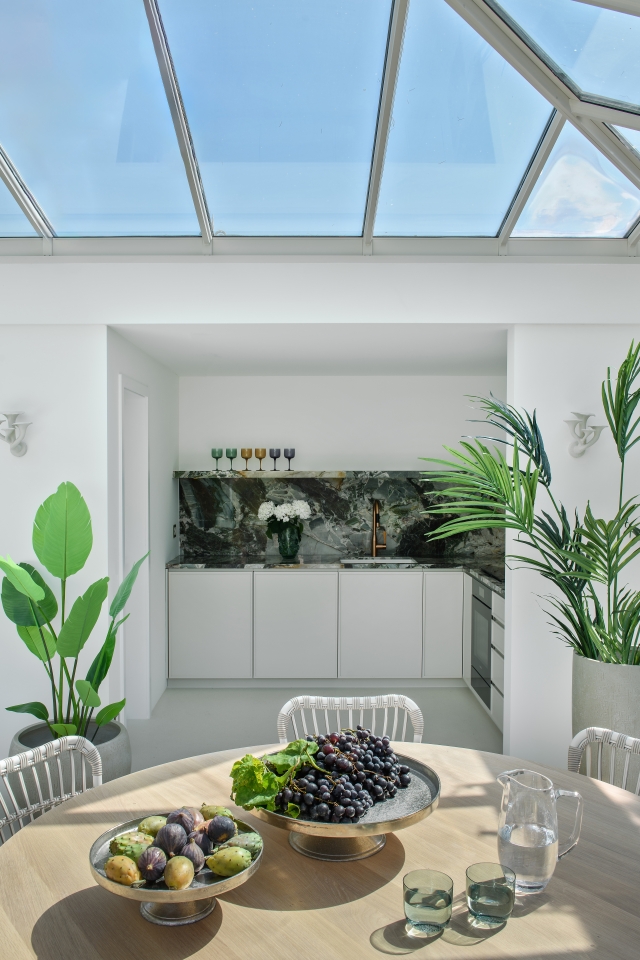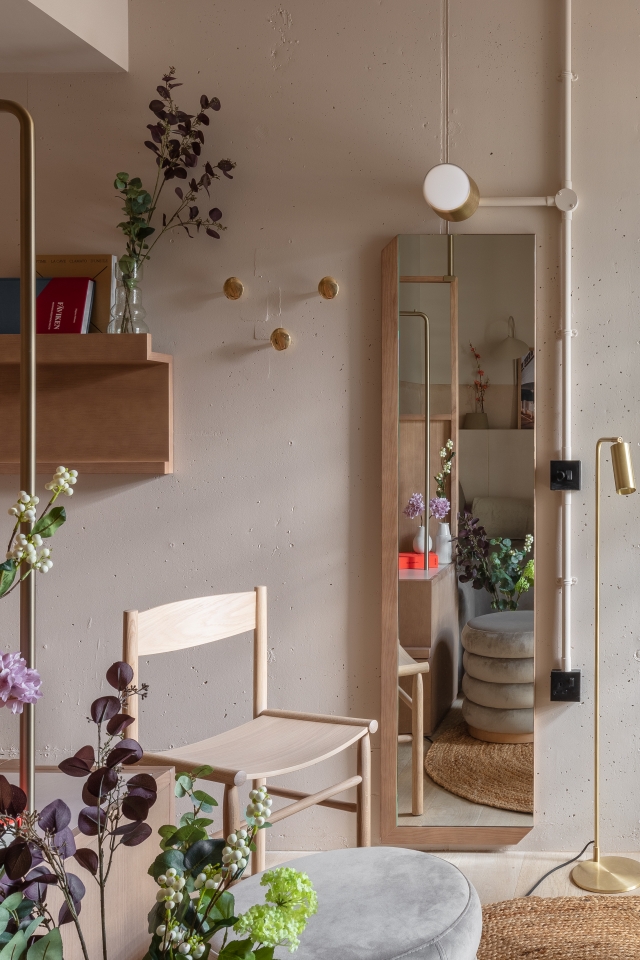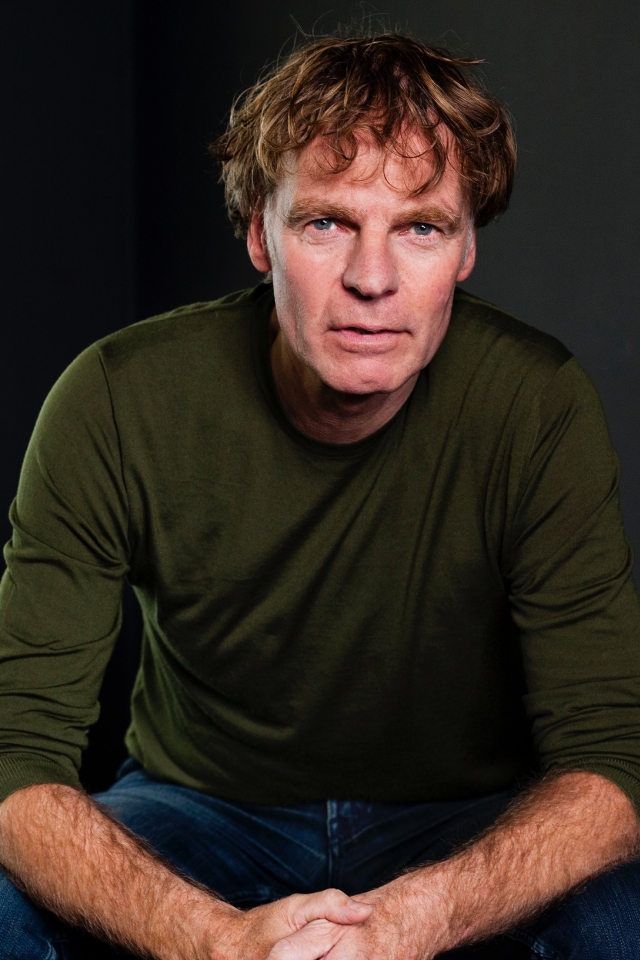Eleanor May Watson (b.1990, UK) is a visual artist whose paintings, monotypes and mixed media pieces frame moments of light, passing across objects within the home. She graduated in 2012 from Wimbledon College of Art with First Class Honours in Painting and has since completed the Drawing Year at the Royal Drawing School. She has exhibited worldwide in London, New York, Miami and Amsterdam.
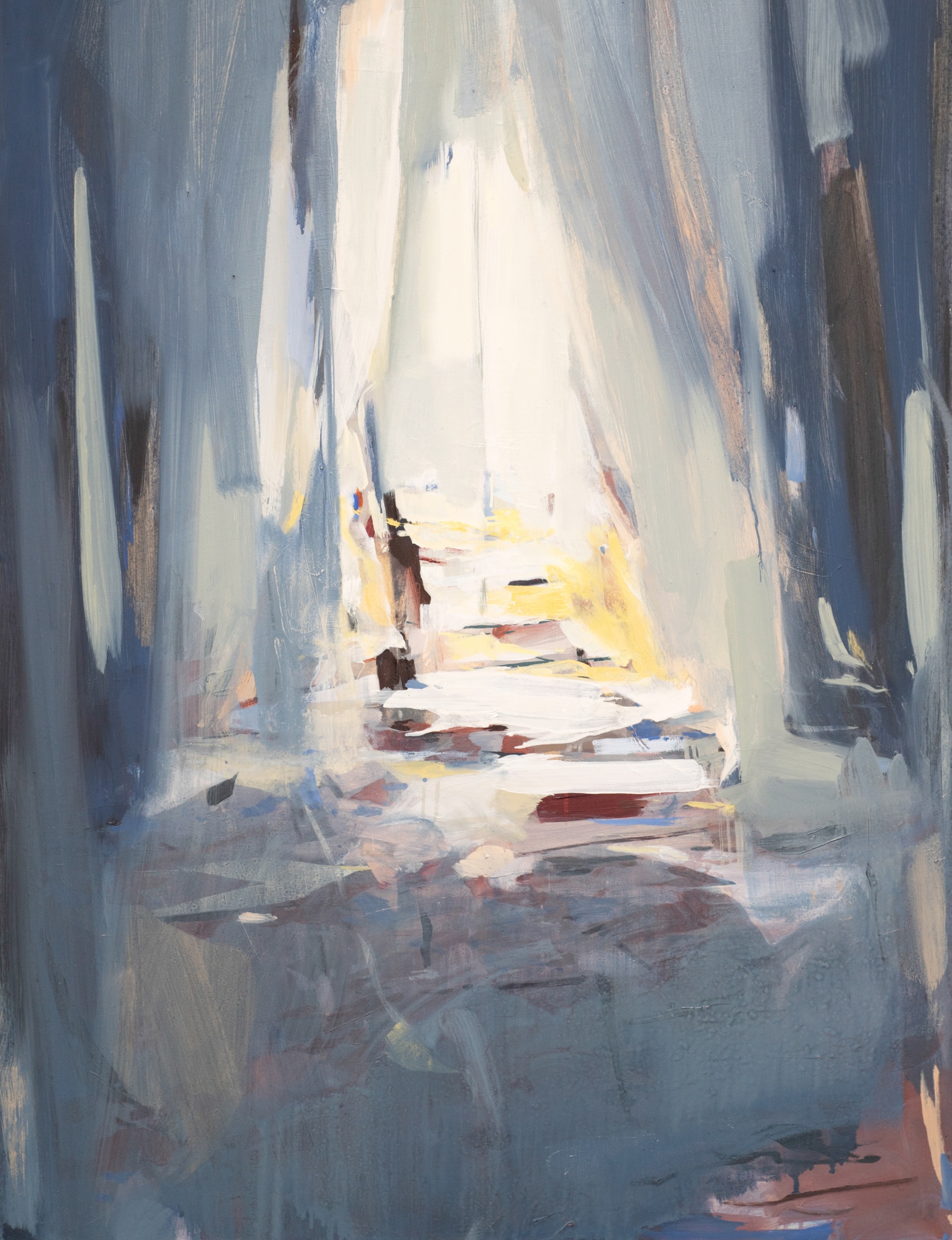
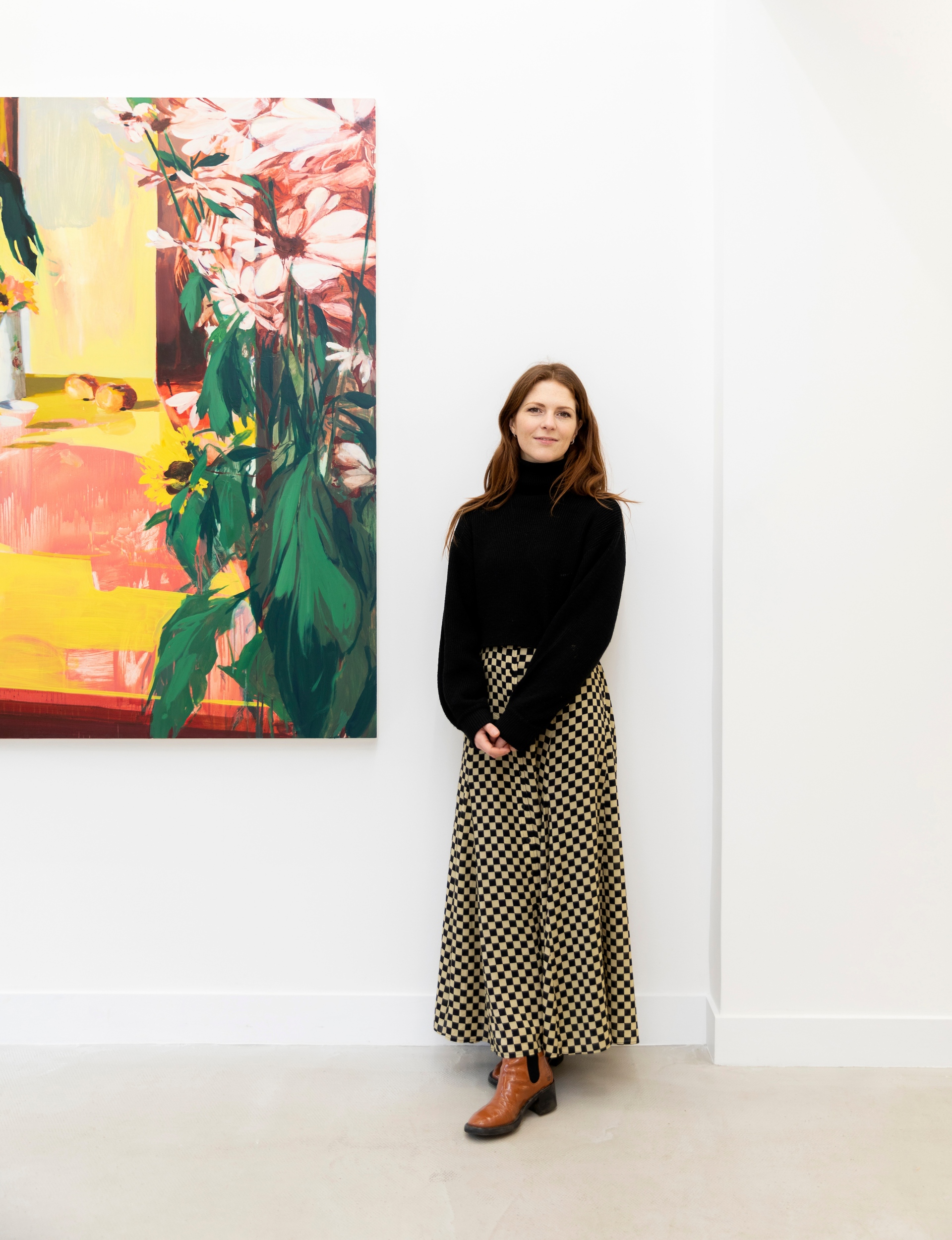
In her paintings, melancholic images are washed in vivid colours, sometimes in and sometimes out of focus, to create contemplative moments of memory and longing. In particular, she examines the charged world of interiors, where scenes within stately homes evoke a sense of mystery. Through Watson’s eyes, timeless spaces while quiet, are loaded with narrative possibility. Her focus is never on people, but objects and things that speak in the absence of people. They have become an escape: a refuge in colour and the endless potential of the materiality of paint. Watson is drawn to moments where the image is just arriving, or conversely submerging, and she chats to us further about her paintings and her process.
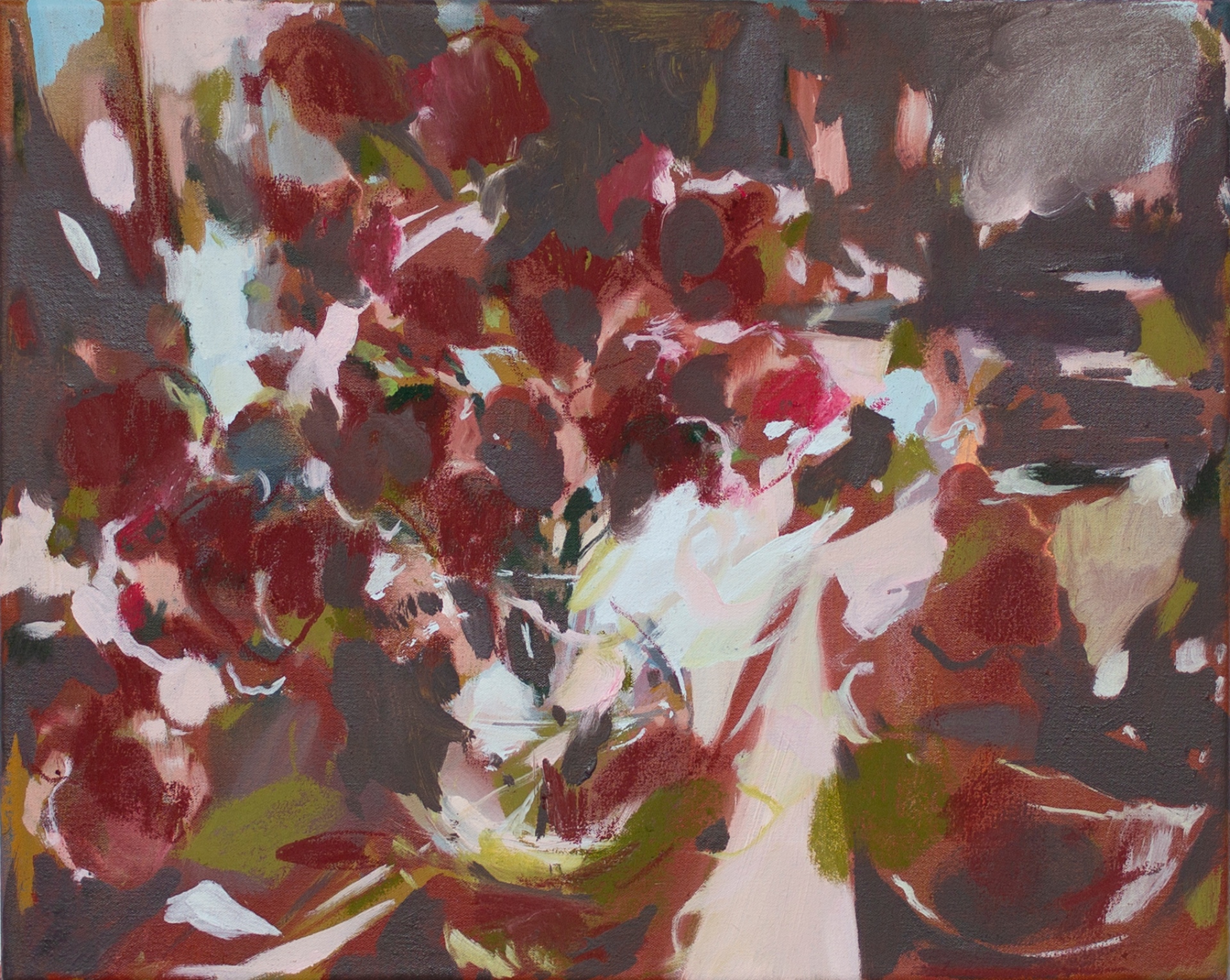
When did you discover your passion for art and what motivated you to turn this into a career?
It was a slow but very steady burn. I always loved drawing, painting and making. Unlike most of my peers, I didn’t grow out of it. I met a working artist for the first time on a school trip and remember being completely stunned that it was a potential life choice. We visited Naomi Frears’ studio in St. Ives in Cornwall where she still works today. It is a long timber room with wide windows looking out onto the sea - it couldn’t be a more inspiring space and indeed what a life! That wide-eyed hour sowed the seed and I became determined to go to art school. Many years later, I was lucky enough to revisit Naomi in her studio, this time as a working artist. It was a truly life-affirming moment.
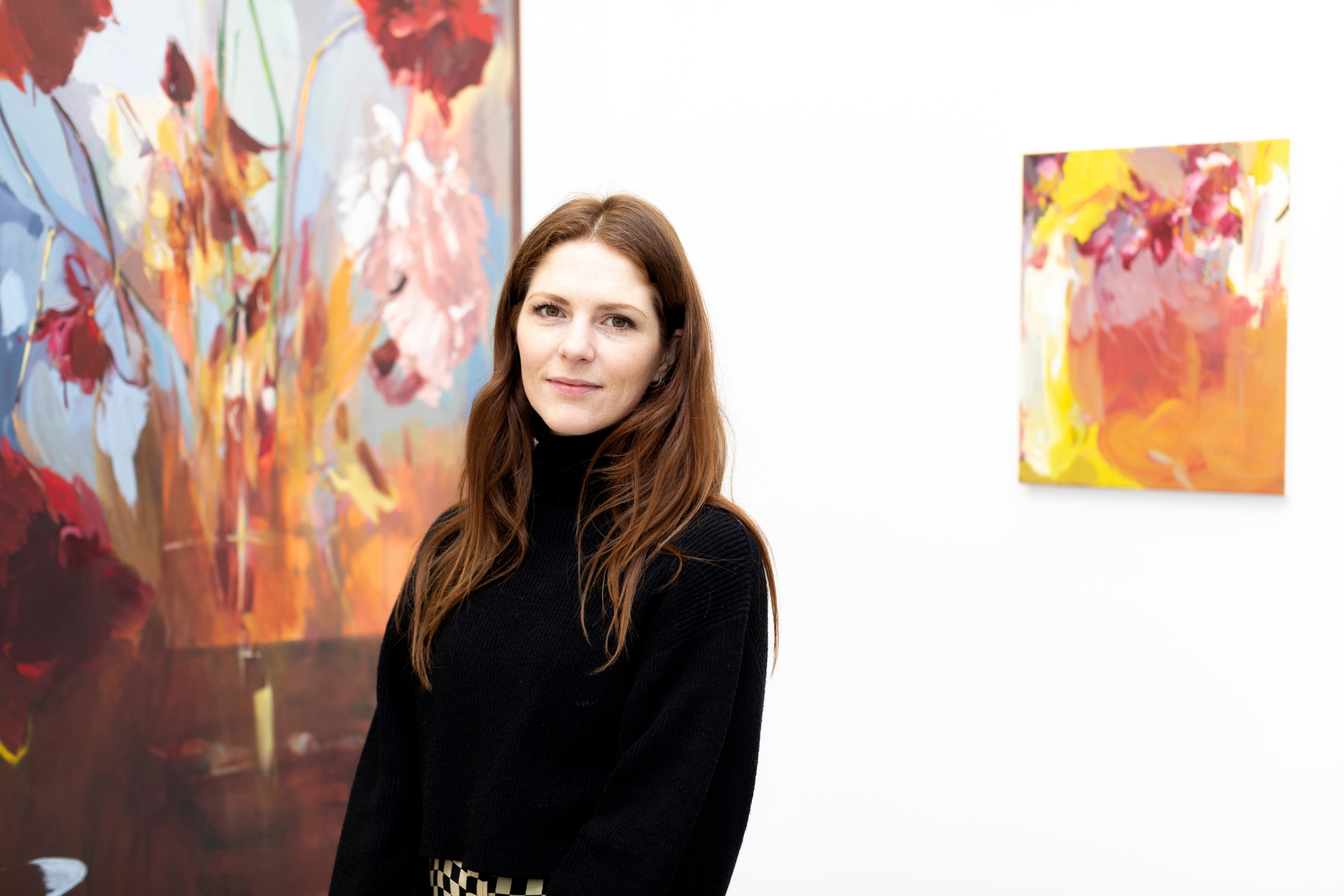
Can you tell us about your paintings? What usually guides your creations?
My paintings are currently taken from moments of my life. I recently relocated life and work from London to the countryside in Kent. With this came a stronger sense of looking inwards, and reevaluating what makes a fulfilling life. What feels essential to me is that it is full of beauty, enquiry and contentment. This has fed directly into my most recent paintings, they have become washed in warmth, with a renewed interest in the language of description.
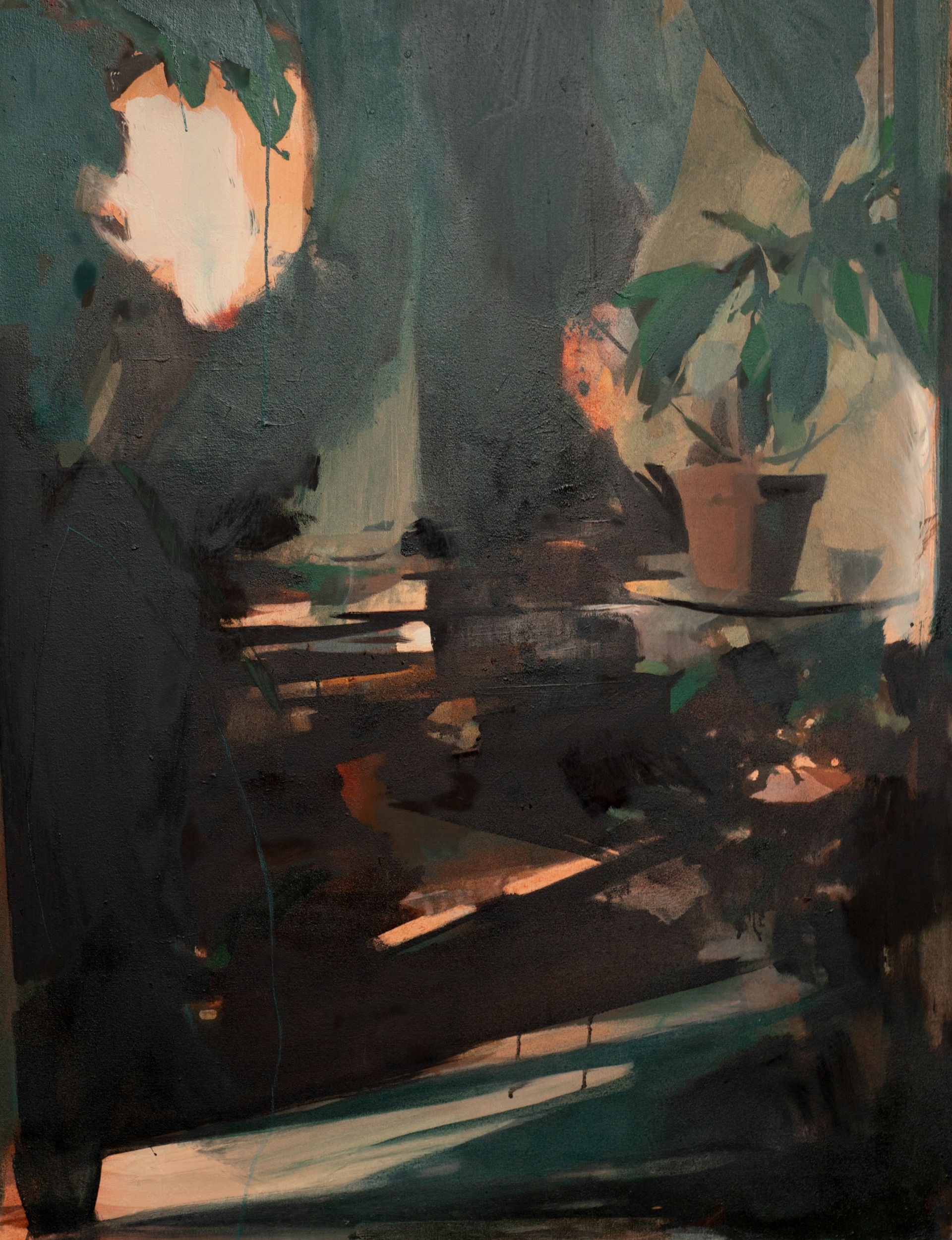
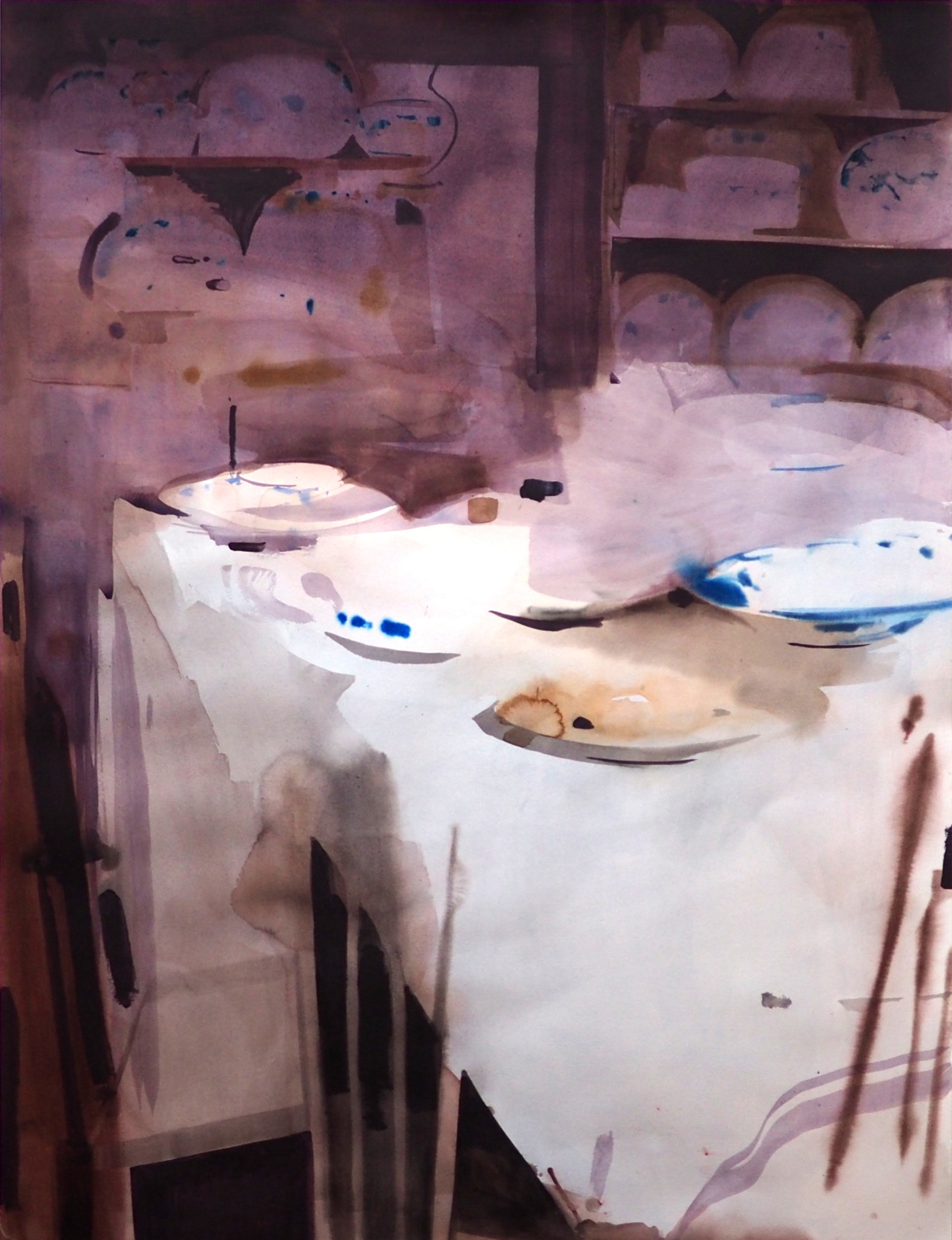
What are some of your inspirations and influences?
My influences are so broad and I feel so thankful and excited - I will try and keep my answer succinct! I suppose the foundational artistic influences are The Nabis - Bonnard and Vuillard, the late works of Braque, Vermeer. Peter Doig, Mamma Andersson and Hurvin Anderson were all hugely influential as contemporary artists when I was first studying, particularly for their use of photographic source material. Most recently I have been looking at Patrick Heron and Jennifer Packer.
My peer group as I have grown as an artist has been enormously important. Brilliant artists such as Maddie Yuille, Verde Edrev, Lucienne O’Mara, Raen Barnsley, Hugo Flores, Rosey Prince, Bartholomew Beal, Michelle Avison, Edward Liddle, Tim Patrick - the list goes on!
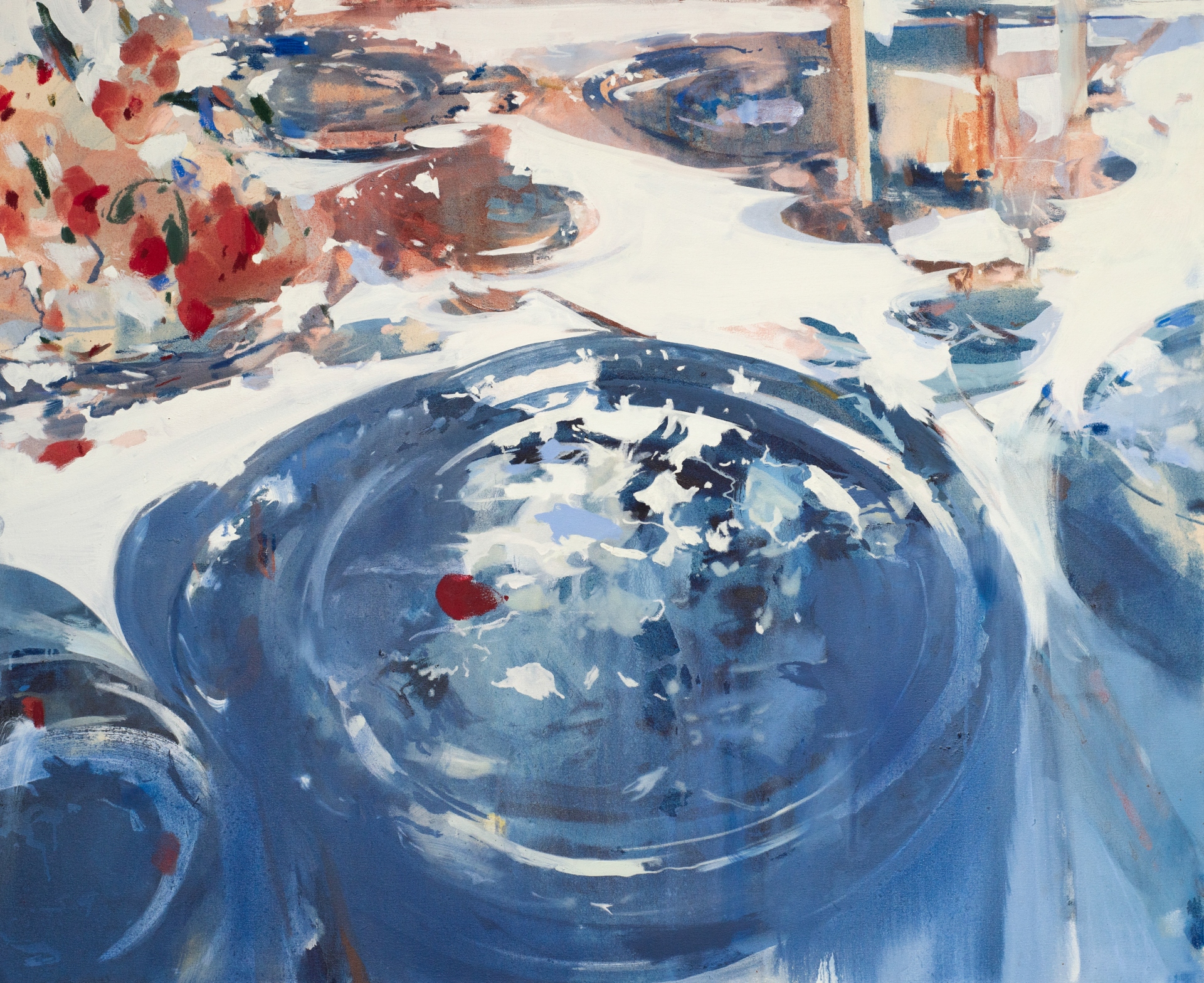
Of course, my upbringing is indelibly marked on who I am and how I see. I am from an affluent family in the South East of England. Entrenched in this is a pride in one’s home. Both of my parents have an appreciation for pattern and colour so home life was textured. My maternal grandmother’s home feels like a living painting. She has an extraordinary eye for composition, colour and light. These worlds have built my internal landscape.
Meeting my partner Michael Dillon - a superbly gifted architect - has had a profound influence on who I am and how I make work. I feel enormously grateful to have found someone with whom I can talk about space and light. What a joy!
There is a sense of mystery to your work - some details are revealed while some are carefully concealed. What message do you aim to send to the audience through your paintings? How do you choose your colour palettes for each piece?

I love a mystery! It's a really good question, and appropriately I think it’s one I will never know the full answer to. I do know that I am interested in creating an imaginative, absorbing space to explore. For this to work tmage has to remain open to some extent. I hope to achieve a kind of unfolding in the viewer's mind's eye. Increasingly, I am painting from imagination and trusting my visual memory to fill in the gaps. I am more interested in better describing a feeling of something rather than a clear visual description.Colour is enormously important to this. I usually start with a wash of colour from which to build the composition. It sets a mood instantly. As soon as another colour meets it there are endless possibilities. Patrick Heron speaks so beautifully about the inherent spatial quality of colour. As soon as you place two colours next to one another there is a spatial relationship.
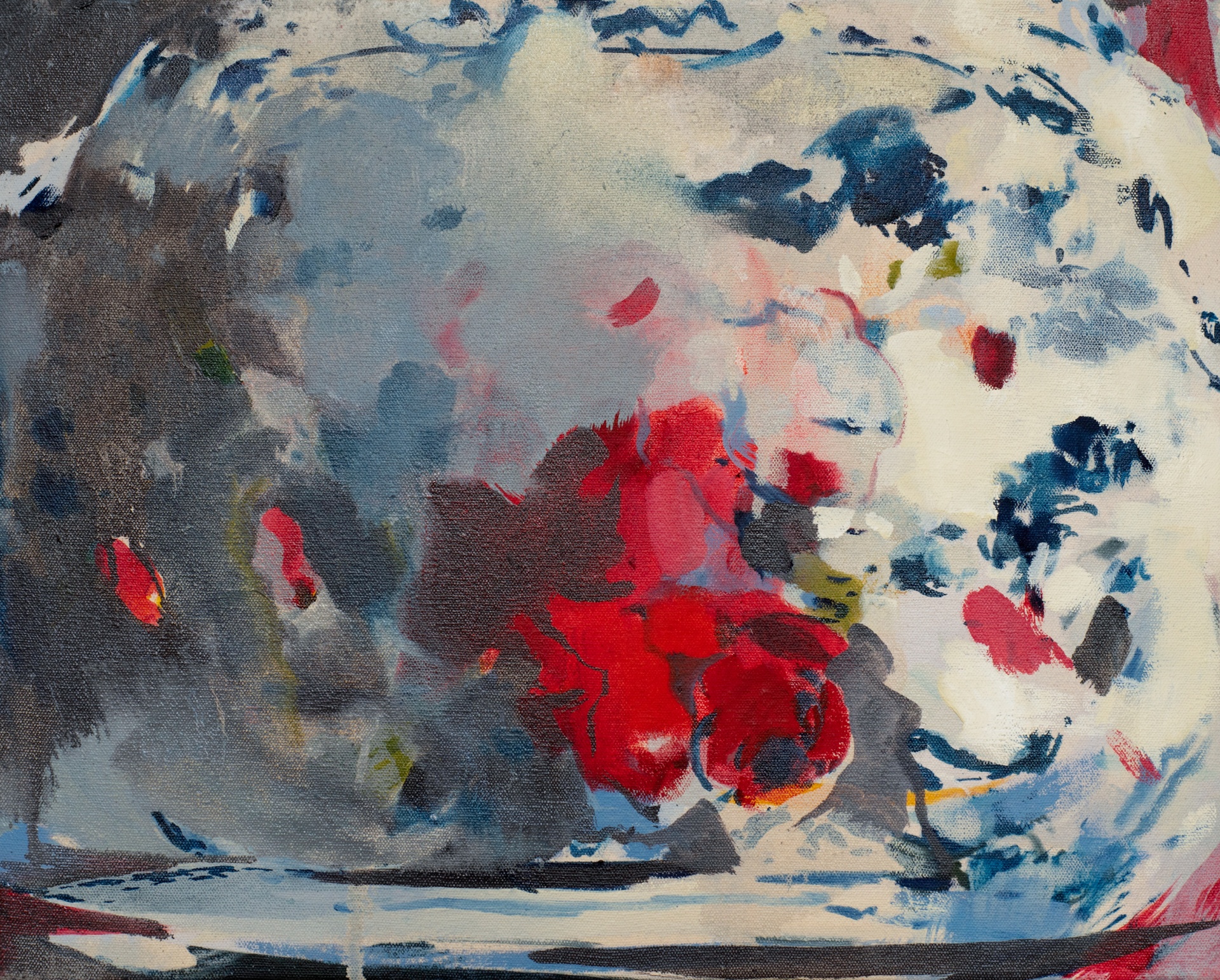
Your interior landscapes are just stunning - are those usually inspired by actual places you have been before or are purely imagined spaces?
It depends on which work. For a long time, I used found photographs. I searched for images which spoke of another place and time and explored them through paint. I enjoyed the freedom of not caring about the spaces depicted and instead about that created on the canvas. As I am turning to memories, photos and drawings of my environment to work from my relationship to the space I depict has become more intimate. However, I hope to continue to see the painting as autonomous, working on its own terms.
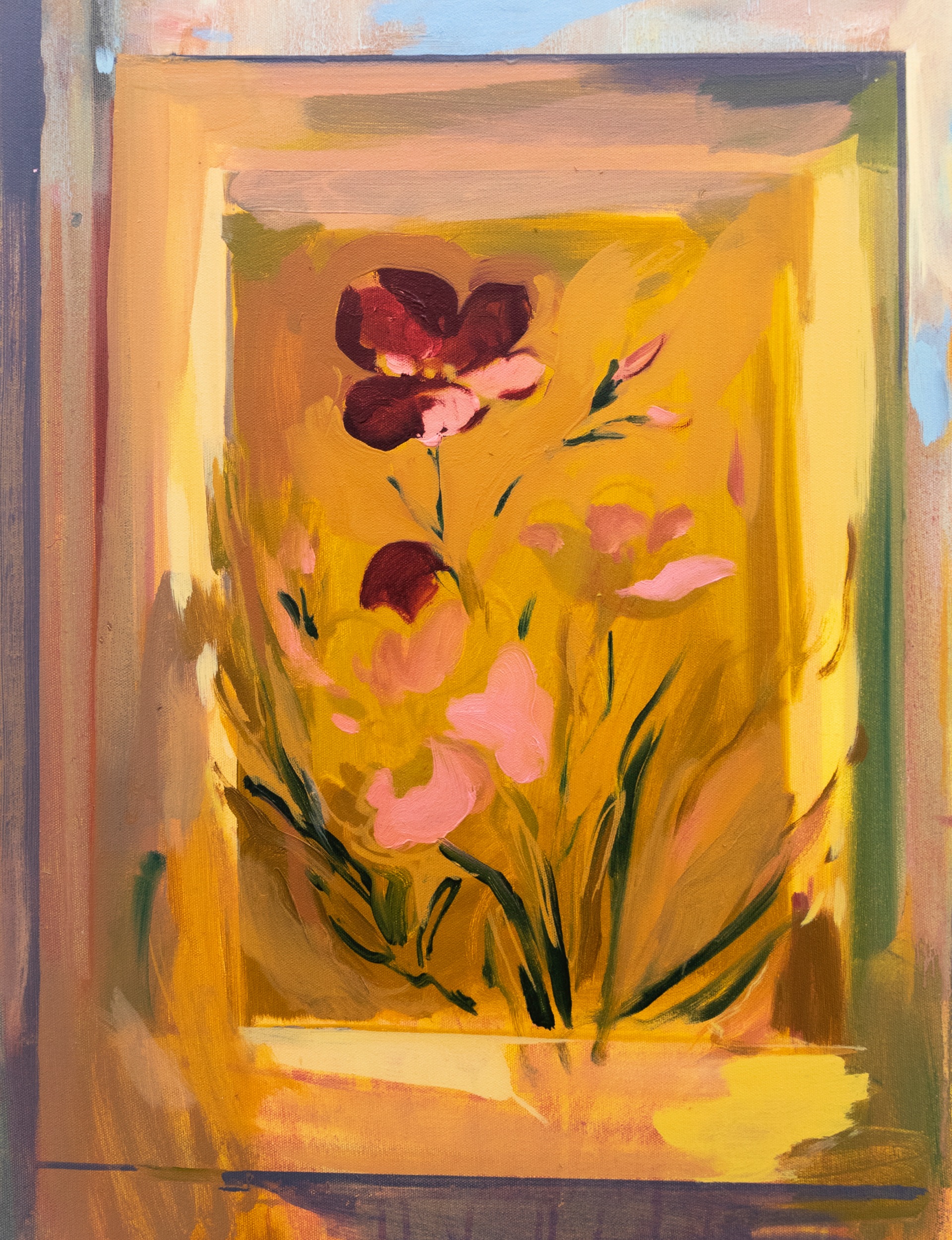
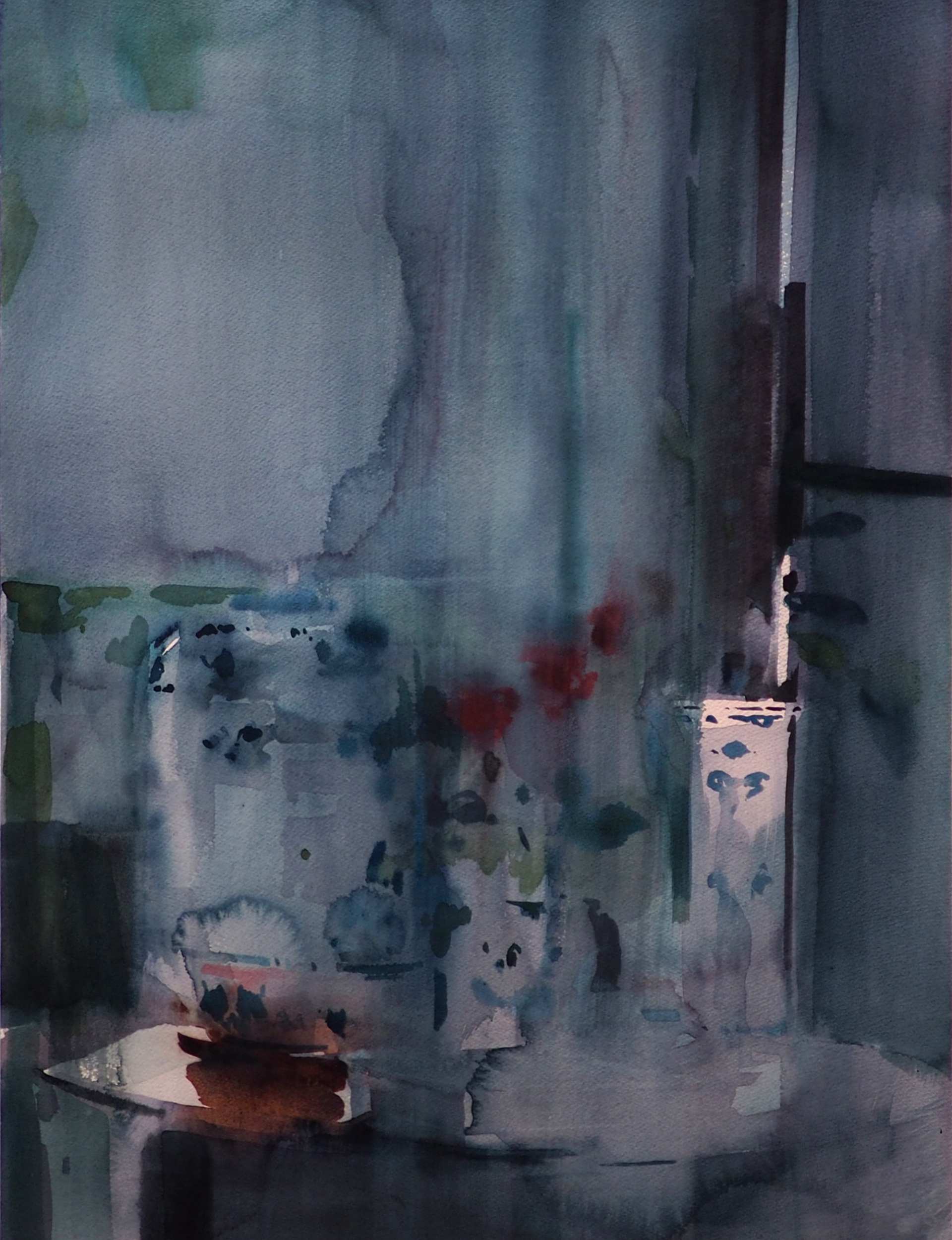
As a working artist, how do you constantly seek out exhibition opportunities?
I have been hugely fortunate to have been approached by galleries since first graduating. I have always valued nurturing working relationships so that I have built a very supportive network of galleries, curators, consultants and fellow artists to work with. I have also invested time in sharing my work on Instagram to better promote the projects I am working on, which has undoubtedly helped me reach new audiences.
What advice would you give to emerging ar7sts or those who consider turning a passion for art into a career?
Be organised and find ways to structure your time. As with any career, a big proportion of it (especially at the start) must be spent doing admin! Show gratitude for time invested in you by the people around you. Be prompt, clear, organised and always say thank you - you will be much more likely to be asked back. In terms of making, I would be cautious of branding your work too strictly or too soon. I think it is more important to have a continually developing and challenging art practice. A tutor and artist once said to me that you should treat your practice like any other relationship; nurture, prioritise, ask questions continually.
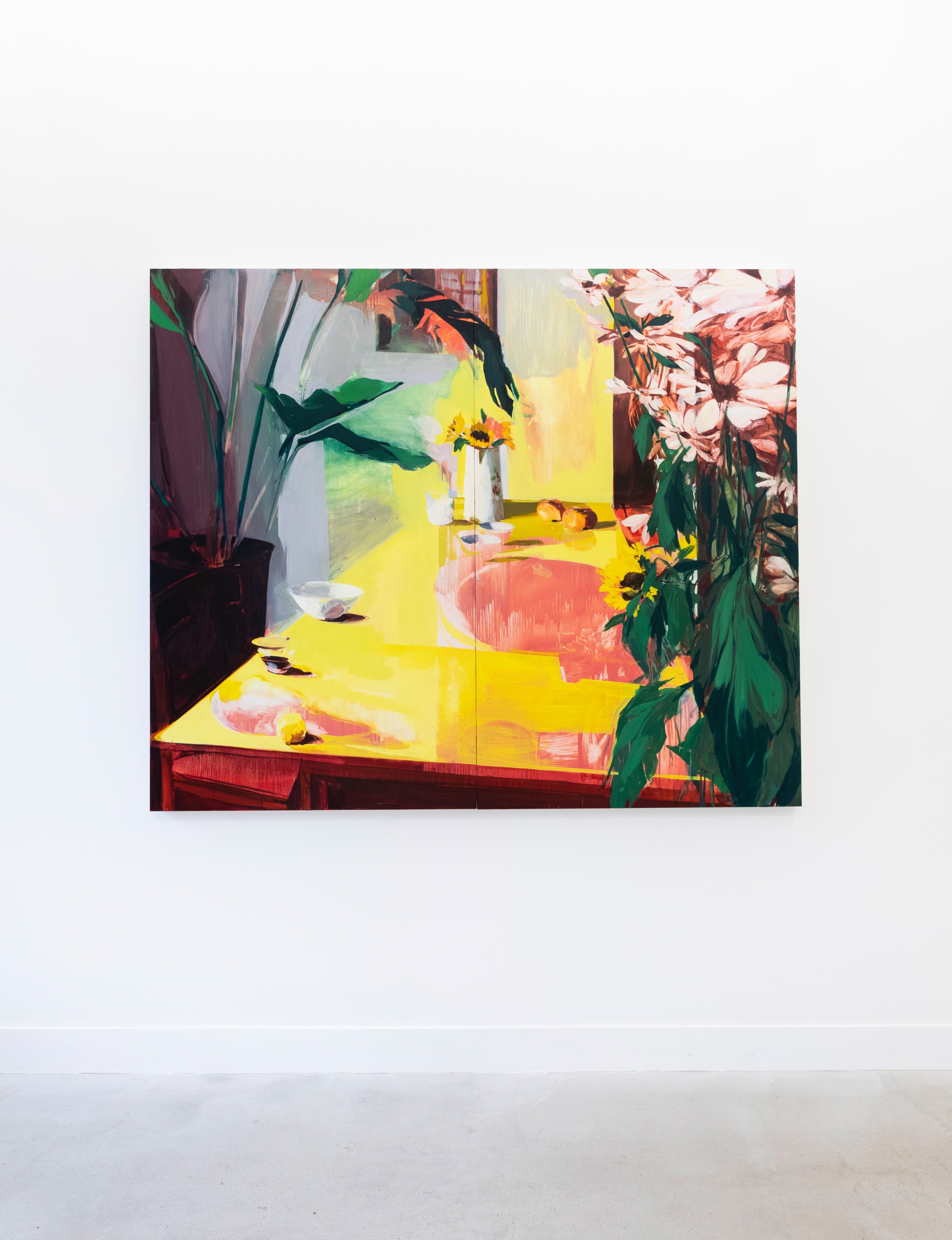
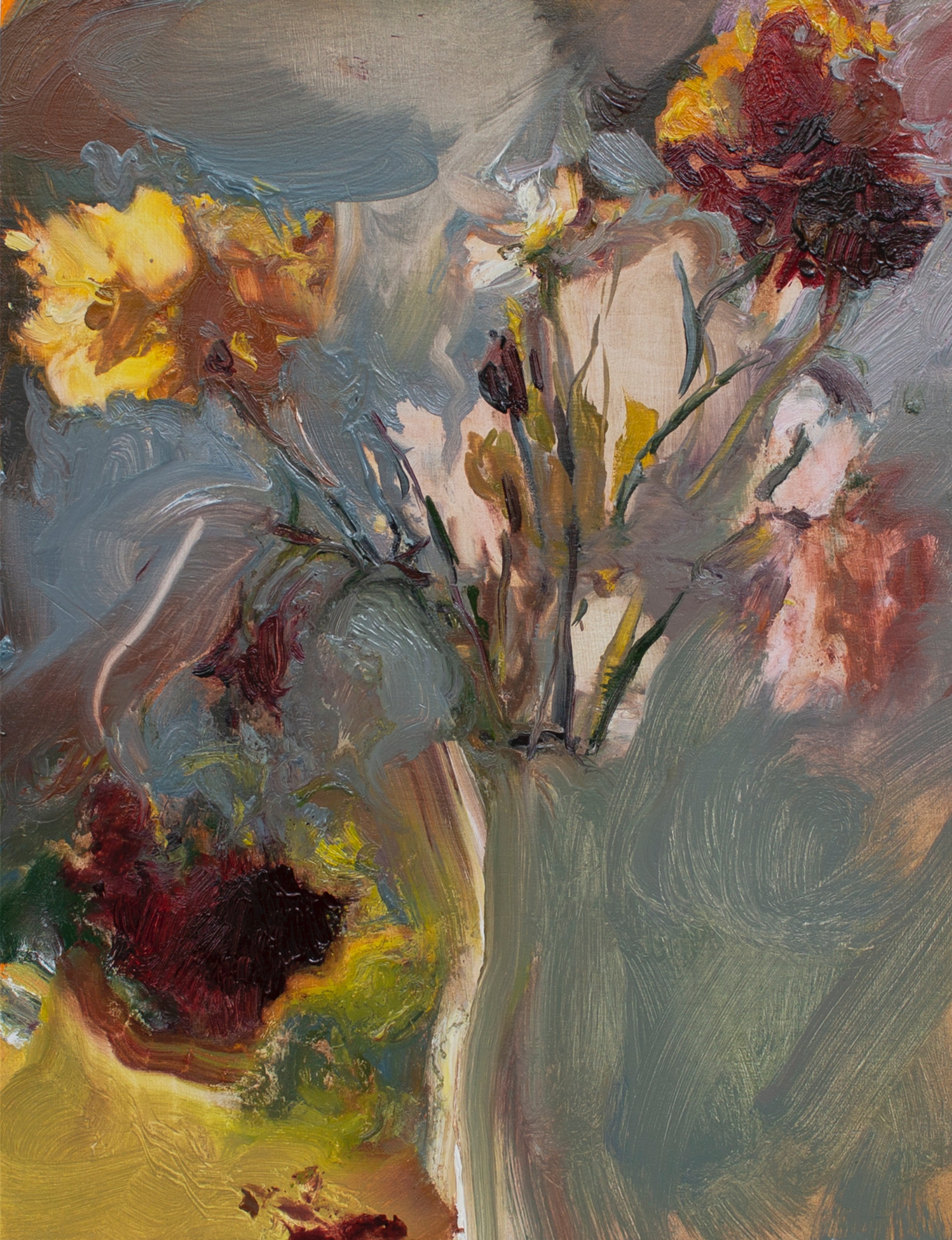
What has been the high point of your career so far? Is there anything holding you back at the moment?
I have had so many wonderful opportunities for which I am grateful for. At each stage I have felt as though I have exceeded my expectations, so I find it completely impossible to pick just one out of the thickly woven tapestry. I feel very content in where I have reached and enormously excited for the journey ahead. I feel as though time is my only impediment! I am forever excited for the next painting, print, drawing I make, show I exhibit in, friend’s studio I visit, book I read, film I watch…
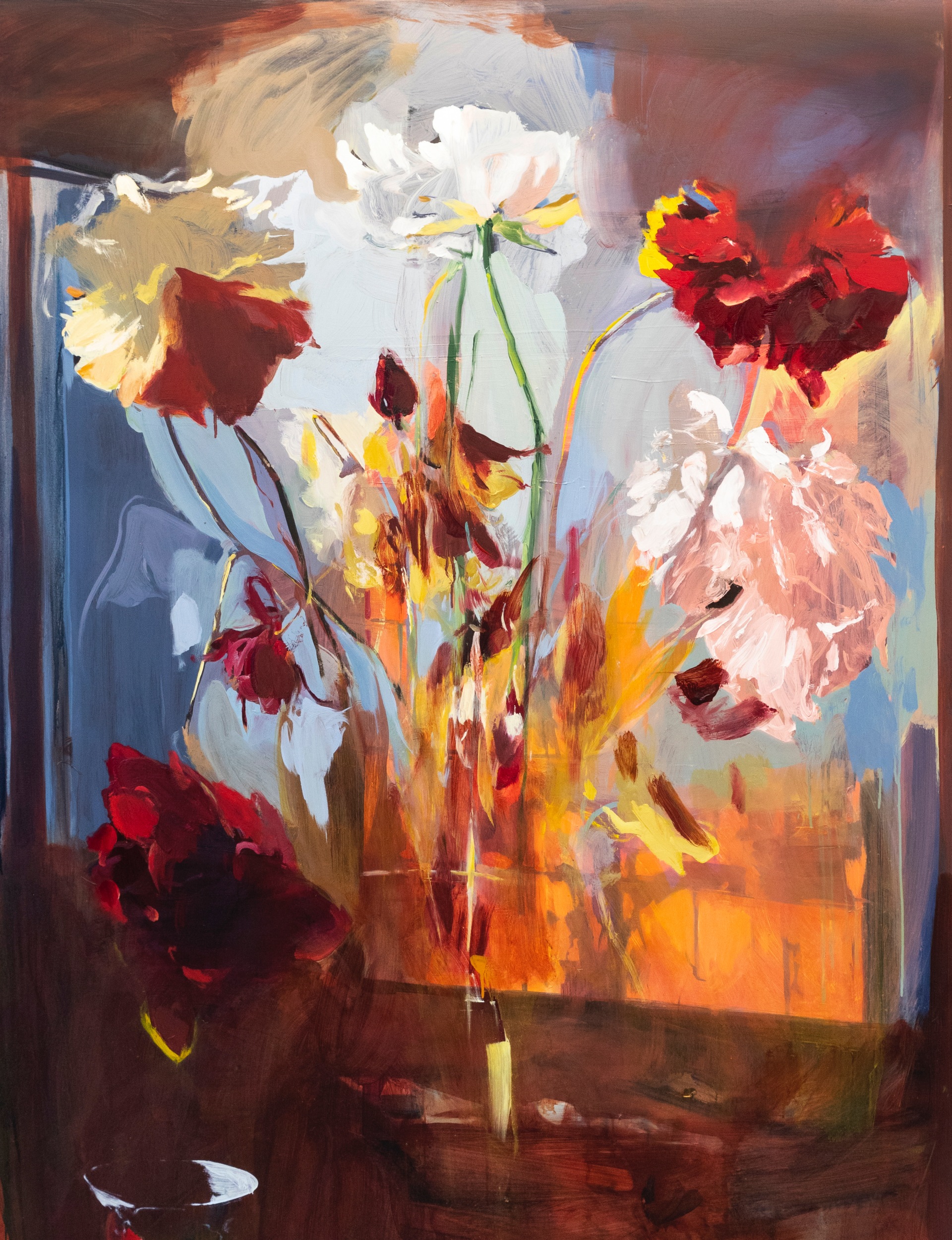

What are you currently working on?
I am preparing work for a group show with The Violet Hour this spring, and a solo show with Brocket London this summer. I have just this week begun working with Eames Fine Art in London who will be showing my prints, which is enormously exciting. In the meantime, I am off for a residency in Northumberland and I cannot wait!





